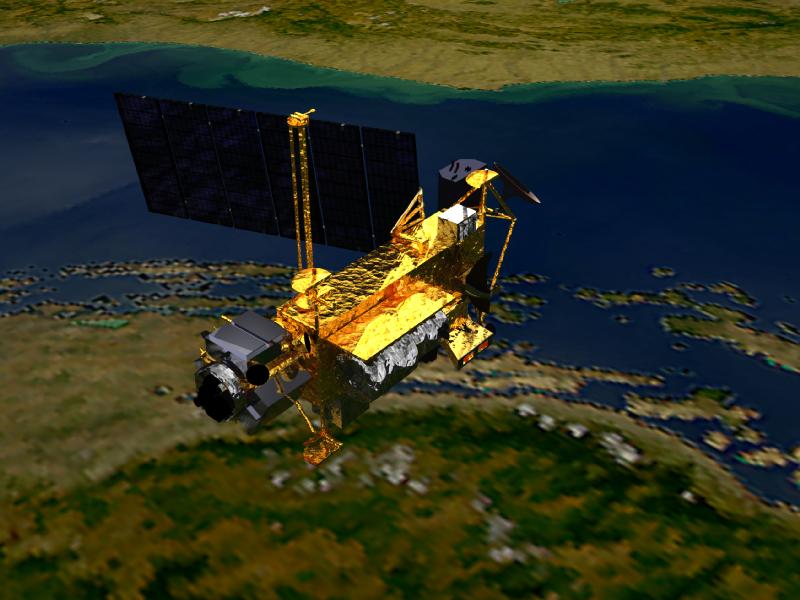WASHINGTON – The Upper Atmosphere Research Satellite may land on Earth Friday. NASA says there is no reason to worry: There has never been a reported injury due to re-entering space objects.
These frequently asked questions, and paraphrased answers from Beth Dickey, public affairs officer for NASA, should address most concerns.
What is the real risk?
- The risk of human injury is about one in 3,200.
- The odds of a person being struck by a piece of UARS debris are one in trillions.
- There is no record of significant property damage resulting from a satellite re-entry.
What kind of debris will fall?
- Usually, debris from re-entering objects is not found. The majority of it falls into the oceans.
- About 26 pieces may survive reentry and impact the Earth.
- Surviving pieces will likely range from the size of a pea to a small suitcase.
What if a civilian finds a piece of the satellite?
- Debris from U.S. spacecraft is U.S. government property. Don’t keep it.
- If you find a piece of the UARS, it may contain sharp edges so leave it as found.
- Contact the local police department, which can collect it and return it to NASA.
Who collects the debris?
- If the spacecraft has any hazardous materials onboard, the Federal Emergency Management Administration and local emergency services respond to the incident.
- If a piece of UARS debris is found outside the U.S., the Department of State is responsible for working with that country and for returning the debris.
How common is this?
- On average, one tracked object measuring about four inches or larger re-enters Earth’s atmosphere every day.
- A rocket body or spacecraft re-enters about once a week.
- Objects with a mass of four metric tons or more re-enter uncontrolled at least once per year.
- In 2010, almost 400 objects re-entered in an uncontrolled manner.
Current information and more frequently asked questions are available at NASA.gov and by following @NASA on Twitter.

